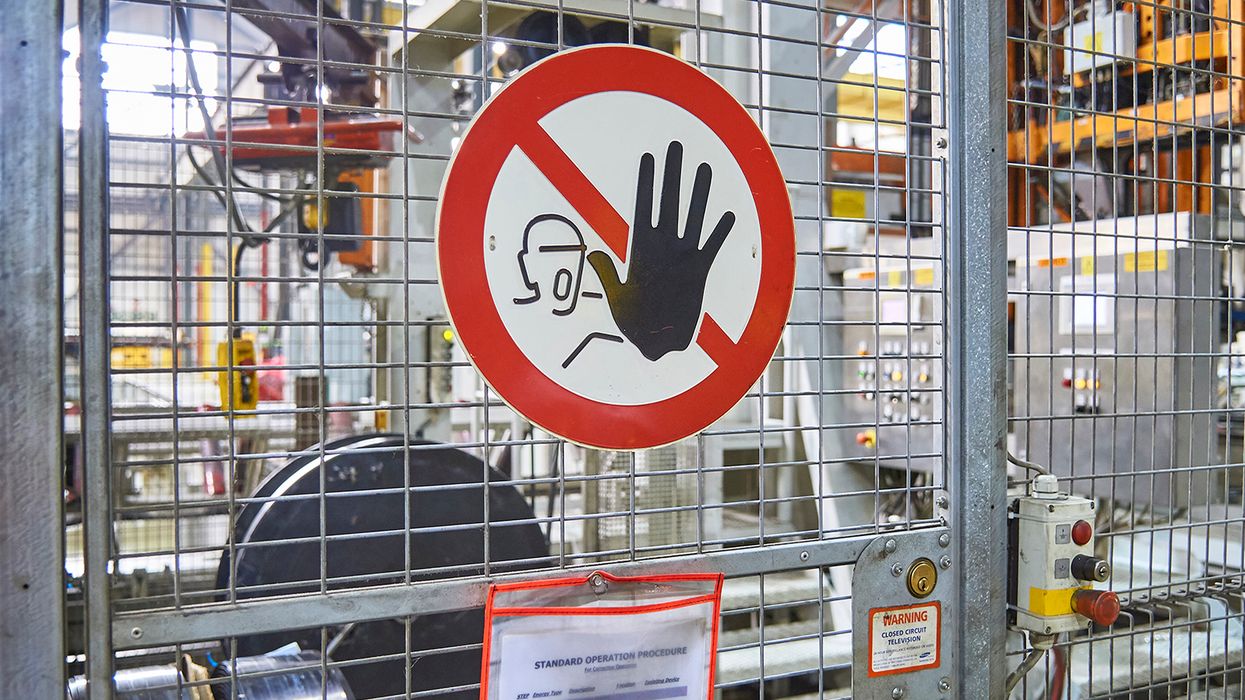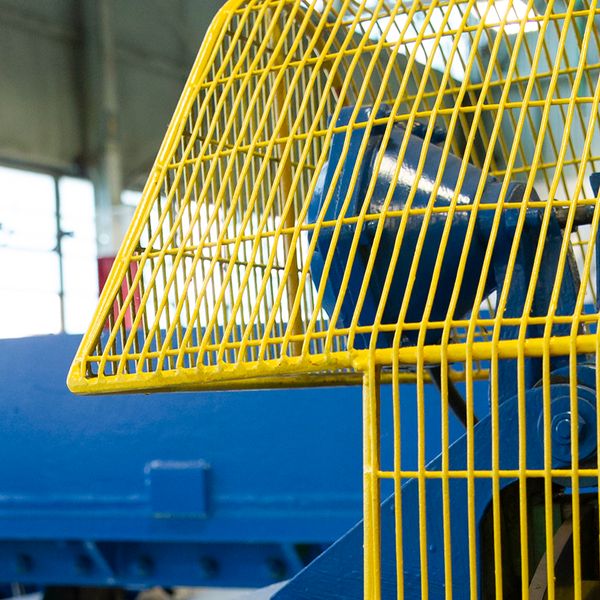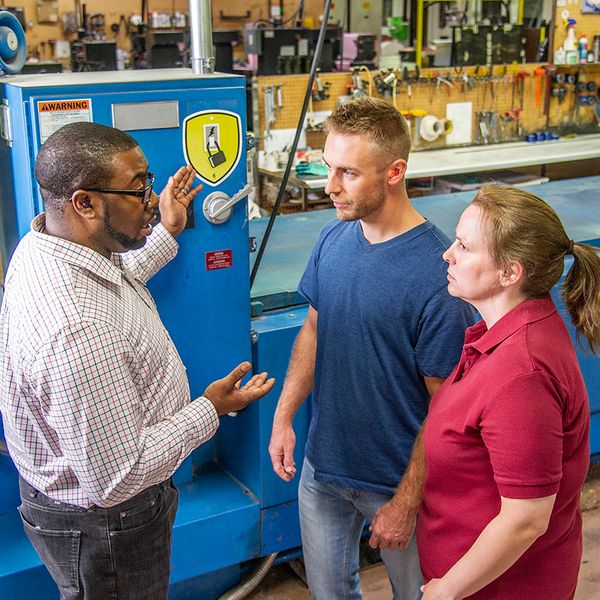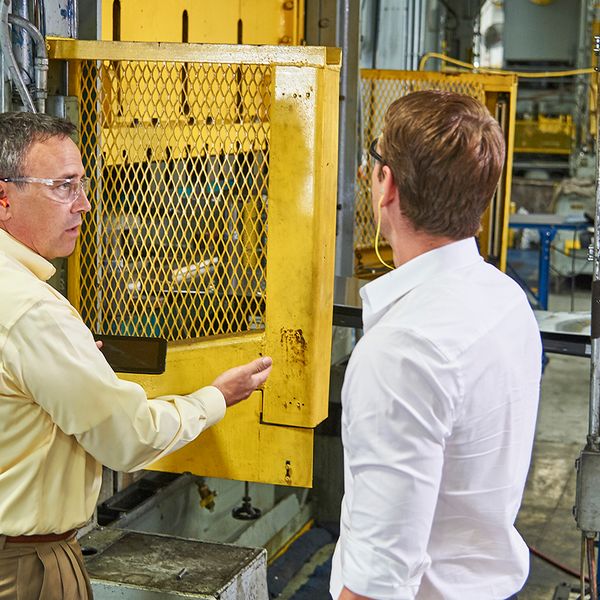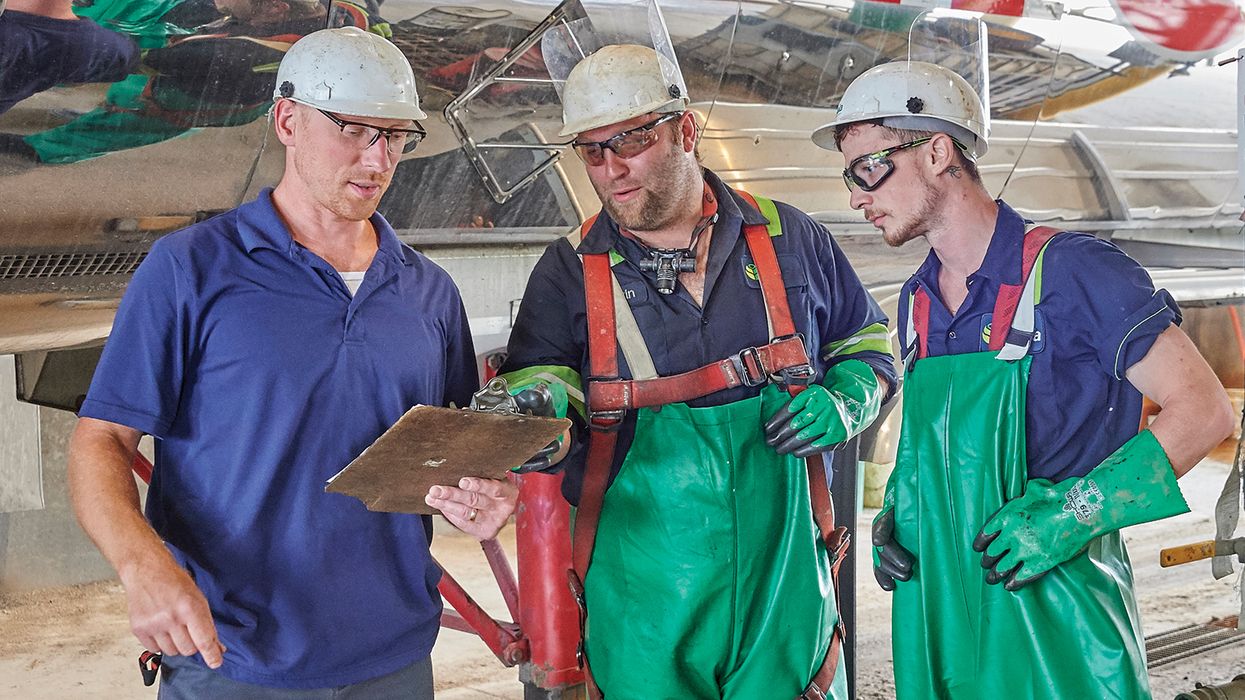Proper machine guarding is crucial in preventing amputation hazards
Did you know that OSHA estimates that there are approximately 18,000 annual amputations, lacerations, crushing injuries, abrasions, and over 800 deaths that can be prevented through proper machine guarding?
Earlier in the year, OSHA cited a company for one willful and 13 serious violations involving required machine safety procedures. The Agency proposed $298,453 in penalties. During an inspection, OSHA discovered that workers were operating multiple industrial machines without proper guarding. This lack of guarding exposed workers to the machines' points of operation and danger zones during production. Additionally, employees were found to be engaged in maintenance and servicing activities on the machines without following lockout/tagout procedures.
In the realm of workplace safety, one issue stands out as a significant threat to workers' well-being: amputation hazards. To combat this danger, experts agree that proper machine guarding is the key. By implementing effective guarding measures, employers can create a safer environment and significantly reduce the risk of life-altering accidents.
Moving machine parts can lead to severe workplace injuries, including crushed hands or fingers, burns, or amputations. Amputations are among the most widespread and devastating workplace injuries, often resulting in permanent disability. These injuries most usually occur when workers operate unguarded or improperly guarded equipment, including:
- Power presses;
- Power press brakes;
- Powered and non-powered conveyors;
- Printing presses;
- Roll-forming and roll-forming machines;
- Food slicers;
- Meat grinders;
- Meat-cutting band saws;
- Drill presses;
- Milling machines; and
- Shears, grinders, and slitters.
While amputations are generally caused by inadequately guarded equipment, they also result from materials handling activities and forklifts, trash compactors, and powered/non-powered hand tools use.
Workers can be exposed to amputation hazards during normal equipment operation, but other activities such as setting up, preparing, cleaning, and maintaining equipment also expose them to these hazards.
Recognize amputation hazards
The first step in preventing amputations is to recognize the hazards. Understanding the mechanical components of machinery and the hazardous mechanical motion associated with these components concerning worker activities performed in conjunction with equipment operation will help employees avoid potential injury.
Hazardous machine components
Three main types of mechanical components expose workers to amputation hazards: •
- Point of operation – the area of the machine where work is performed;
- Power-transmission apparatus – all components of the mechanical system that transmit energy; and
- Other moving parts – machine parts that move while the machine is operating.
Hazardous mechanical motions
Most mechanical motion has the potential to be hazardous. The primary types of motion are:
- Rotating – a circular motion generated by rotating collars, couplings, cams, clutches, flywheels, spindles, and shaft ends that may grip clothing or force a body part into a dangerous location;
- Reciprocating – back-and-forth or up-and-down motion that may strike or entrap a worker between a moving part and a fixed object;
- Transversing – movement in a straight, continuous line that may strike or catch an employee in a pinch or shear point created by the moving part and a fixed object;
- Cutting – action generated during sawing, boring, drilling, milling, slicing, and slitting;
- Punching – results when a machine moves a slide (ram) to stamp or blank metal or other material. Occurs at the point of operation;
- Shearing – movement of a powered slide or knife to trim or shear metal or other materials; and
- Bending – power applied to a slide to draw or stamp metal or other materials in a bending motion.
Machine guard types
There are four different guard types to prevent access to dangerous areas. They can be:
- Fixed – a permanent part of the machine constructed of sheet metal, screen, wire cloth, bars, plastic, or any material strong enough to withstand impact and prolonged use;
- Interlocked – also known as barrier guards, automatically shut off or disengage the power source when the guard is open or removed;
- Adjustable – provides a barrier that may be adjusted to facilitate a variety of production operations; and
- Self-adjusting – Provides a barrier that moves according to the size of the material entering the danger area.
Which OSHA standard covers amputation hazards?
According to 29 CFR Part 1910 Subpart O, machine guarding is required to protect operators and other employees from various hazards, including point of operation, ingoing nip points, rotating parts, flying chips, and sparks. Guards should be attached to the machine whenever possible, but if not feasible, they should be secured elsewhere. The guard itself mustn't pose any additional accident hazards.
Employer responsibility
Employers are responsible for providing a safe and healthy workplace for their workers, and this includes identifying, managing, and controlling workplace hazards. A lack of proper machine guards can expose workers to amputation hazards, so you are responsible for:
- Ensuring that all machinery is properly safeguarded, and
- Training workers on how to operate equipment to perform their jobs safely.
Key to remember
Employers must ensure that all machinery is properly safeguarded to protect workers from amputation hazards.

